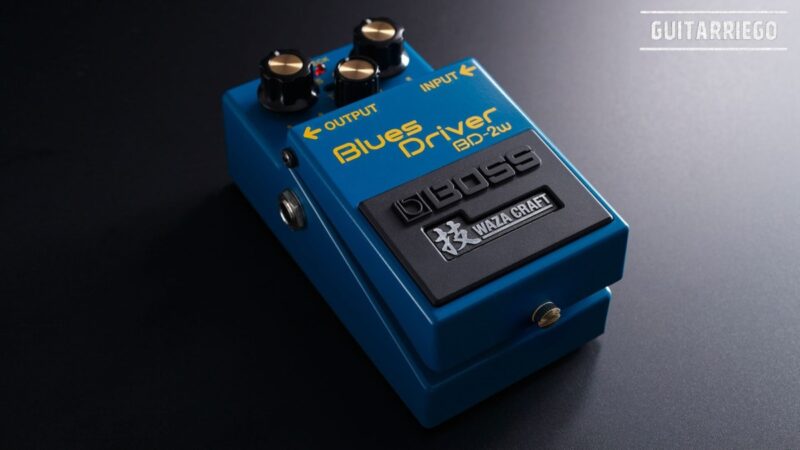Amp standby switch: myths and truths

Today practically all amplifiers come with an Amp Standby switch, but it was not always like that, we tell you all the myths and truths about it.
Valve kits everywhere
I am from the time when the equipment was tube, but I do not mean the guitar only. I mean that in my house and in all of them, the radio and television were on tubes. And there were hundreds of millions on the planet.
Valves were designed for this type of massive applications and were classified into two main types: Receiving Valves and Transmission Valves.
The ones used for the receivers (radio and television) were obviously all receiving valves. The transmission valves were larger valves with handling of high voltages, currents and power. They handled so much stress on the plate that to avoid arcing in the sockets, the separate plate contact was placed on the valve cap.

Also, you might be interested in our guide to the 16 most iconic guitar amplifiers of all time.
Are there valves for guitar?
There are no guitar tubes, just receiving tubes were adopted to implement amplification equipment for electric guitar. The use popularized certain valves such as the 12AX7 for the pre and 6BQ5 tubes or EL84, EL34, 6V6 etc. for the power stage.
Cathode stripping and the Standby switch
In transmission valves it is required to heat the cathode before applying voltage to the plate to avoid the effect known as “cathode stripping” which means stripping the cathode. The cathode is a tube coated with a substance that facilitates the emission of electrons when heated. Applying high voltage to the plate with the cold cathode causes parts of this deposited substance to be literally torn away by the electric field of the plate. But for that to happen, an electric field of 40MV / m is needed. Yes! 40 million volts per meter. If we calculate it per millimeter, it would be a thousand times less or 40 thousand Volts.
The maximum plate voltage in guitar equipment rarely exceeds 500V. We are talking about +100 times less field than necessary to produce cathode stripping. So there is no such danger in any way. And the proof is that the millions of home audio, radio and television valve devices never had a standby switch.
Not even televisions with cathode ray tube for the image, which had 15000V on the plate, did not even come close to causing cathode stripping.
You may also be interested in our guide on how to adjust the volumes and placement of your amp in the rehearsal room.
Why did Fender introduce the standby switch?
The answer is a bit long and deserves a full article in itself. But one of the more convincing explanations is that Fender introduced it because the electrolytic capacitors in the source were exploding, which is likely because if you look at the switch it does not let the capacitors charge until the tap is turned off. Apparently having the valves hot, the current of the same lowers the voltage of + B due to its consumption and that protected the caps.

Do all manufacturers use the Standby switch in their amplifiers?
Other manufacturers such as Peavey and Mesa Boogie did not use the Stand-by switch in their amplifiers for a long time, but they ended up giving in to the pressure of the musicians who demanded it. Of course, everyone who cloned Fender obviously copied it.
The Standby switch and the “cathode poisonning” or poisoning of the cathode
Peavey explains that not only it not really good for anything but it produces another phenomenon when a team stays in STBY for too long. The “cathode poisonning”, or poisoning of the cathode, is a chemical transformation in the material of the cathode that also causes its exhaustion. In this way, it can impair the performance of the amplifier.
You can share opinions or also chat about this and more with other musicians in our comments section.
Related Post: Effects FX Loop: Considerations and Tips and Gain vs Volume: What’s the difference and how do they work?






